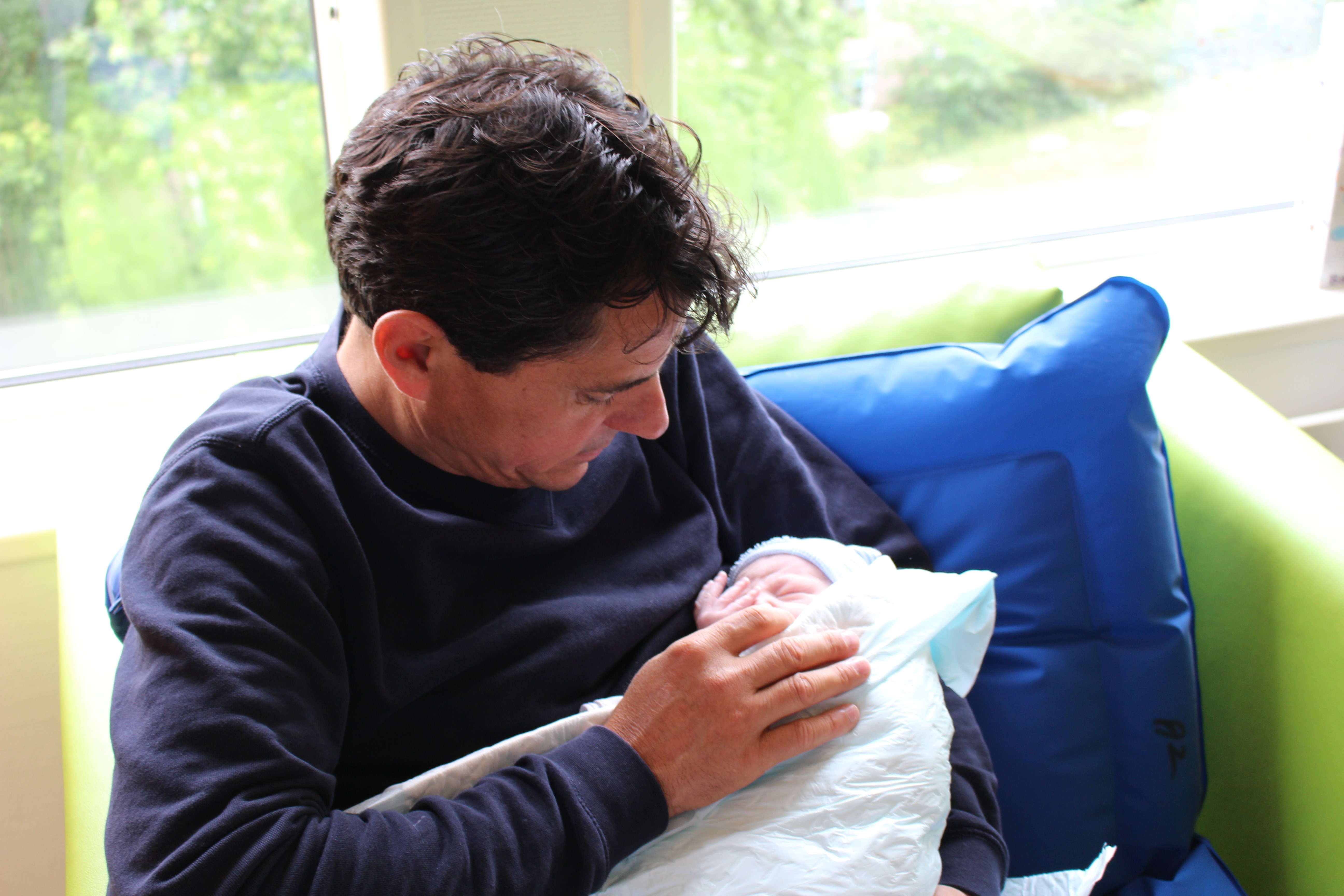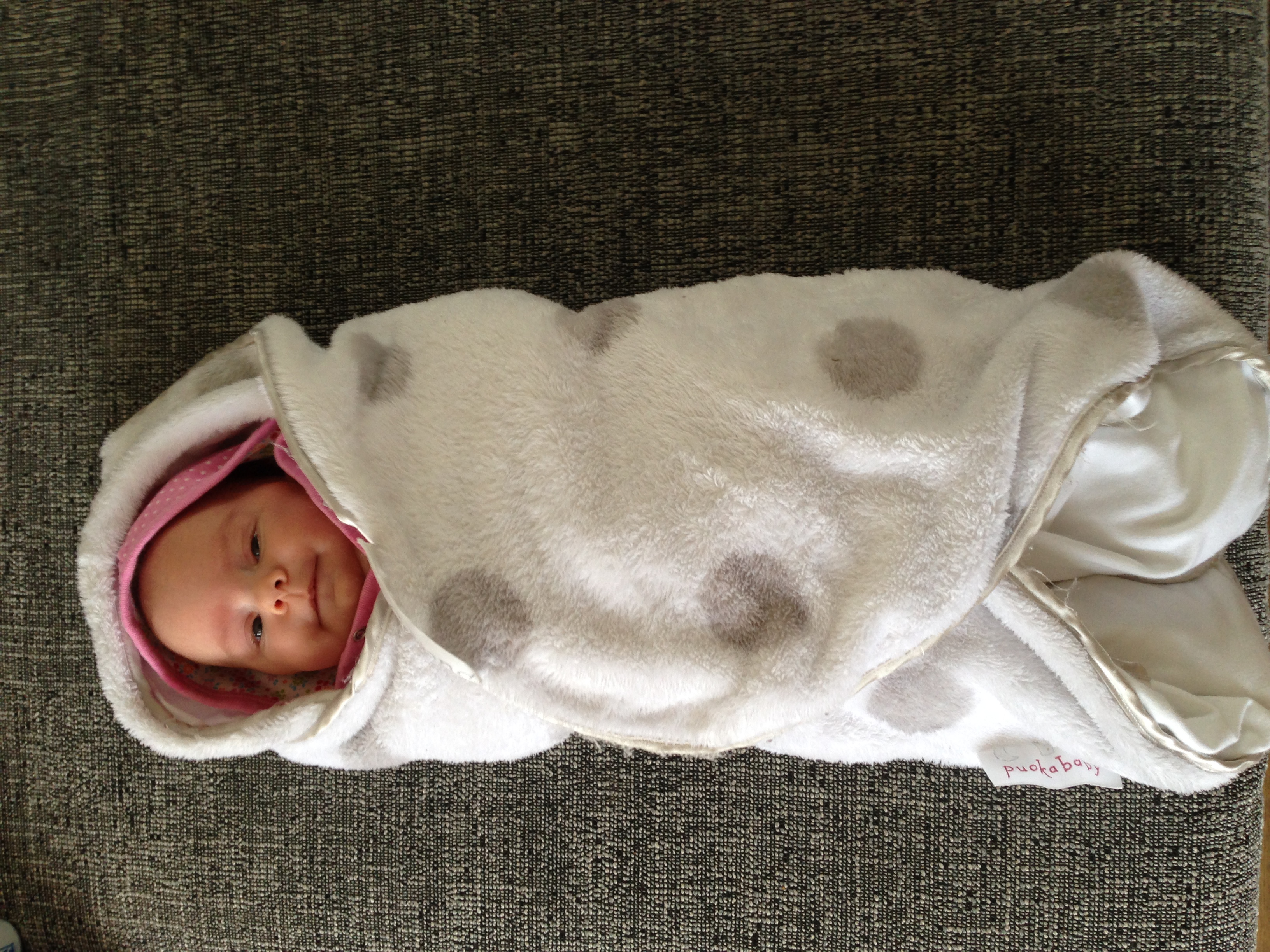Parental leave
The birth of a new baby means parents have a lot to deal with. That’s why the government wants to give them more scope to choose how they want to combine their childcare and work responsibilities. There have also been a lot of changes in parental leave regulations in recent years. And so what do you, as an employer, have to take into account?
From August 2022, parental leave will be partly paid
Parents can already take 26 weeks of parental leave in the first eight years of their child’s life. In principle, this leave is unpaid unless the employer and employees agree otherwise, either within their organization or in the collective labour agreement. That means not everyone can afford to take parental leave: in fact, only one third of parents actually do.
But from 2 August 2022, parents will be entitled to nine weeks of partly paid parental leave. The government is hoping this will encourage more people to take this leave. When the new regulations come into force, parents will receive a payment from the Employee Insurance Agency (UWV) for 50% of their daily pay (max.: 50% of the maximum daily wage under this scheme).
It is important to note that these first nine weeks will be paid only if they are taken in the first year of the child’s life. That’ll give families more time to get used to the new situation and to make conscious decisions about how they want to divide the time they spend looking after their children and the time they spend working. Leave not taken in that first year can be added to the 17 weeks of unpaid leave. It can then be taken at any time during the first eight years of the child’s life, but will not be paid. However, employers and employees can still agree different arrangements.
The introduction of paid parental leave follows the introduction of the right for partners to take extra birth leave. Since 1 January 2019, partners have been able to take five working days of leave (instead of the previous two) directly or fairly soon after the birth of their child. From 1 July 2020, they’ll be entitled to an additional five weeks of paid leave in the first six months after the birth of a child. That means a mother’s partner will be entitled to a total of 15 weeks of paid leave in the first year after the birth of a child. Mothers are also entitled to the nine weeks of paid parental leave, as well as their existing right to pregnancy leave and maternity leave. The government is introducing these changes in response to the EU Work-life Balance Directive.
Source: rijksoverheid.nl

The Act on the Introduction of Extra Birth Leave (Wet Invoering Extra Geboorteverlof, or WIEG) came into force on 1 January 2019. The main change it introduced was the right for partners to take more days of leave after the birth of a child. Their leave entitlement is now equal to their weekly working hours. This leave is fully paid by the employer. Employees can take this birth leave as they choose, providing they take it within four weeks after the birth of the child.
Aanvullend geboorteverlof
The opportunities for birth leave were further extended on 1 July 2020. Since then, partners have been able to take up to five weeks of additional birth leave in the first six months after the birth of a child.
Employees have the right to this leave, but the exact days and times at which they take it have to be discussed with the employer. In the event of important business or other similar reasons, it is possible to schedule different days of leave in consultation with your employee.
Employees wanting to take additional birth leave have to meet the following conditions:
- The child must have been born on or after 1 July 2020
- The employee must be the partner of the child’s mother
- The employee must first have taken the standard birth leave
Employers can use the employer portal or Digipoort to apply to the Employee Insurance Agency (UWV) for the additional birth leave. This can be applied for as soon as the child has been born, but no more than four weeks before the leave is due to start. The employee will then receive a payment amounting to 70% of daily pay, which will be paid out by the employer in a single amount.
